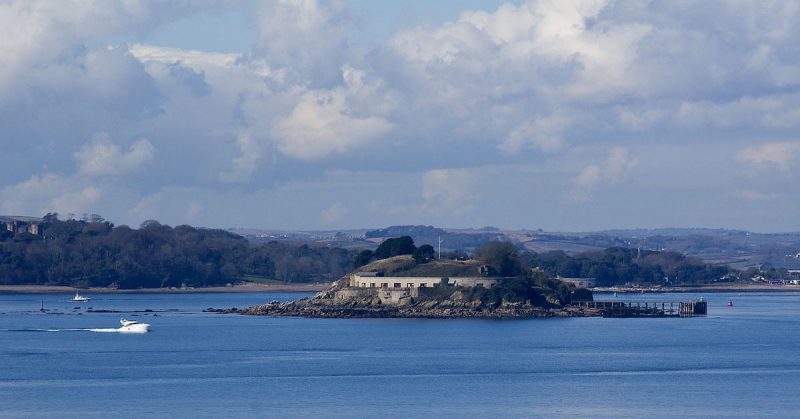Drake’s Island is located in the United Kingdom’s Plymouth Sound near South Devon. It was first used for the defense of the sound in the mid-sixteenth century during the UK’s war with France.
In 1580, there was a disagreement between the people of Plymouth and the UK government about who was responsible for paying for the defenses. The issue was resolved when the government took over ownership of the island.
By the 1590s, the defenses on the island were improved, and a garrison of one hundred men and forty to fifty guns were installed. Those numbers were increased through the 1590s while the UK fought with Spain.
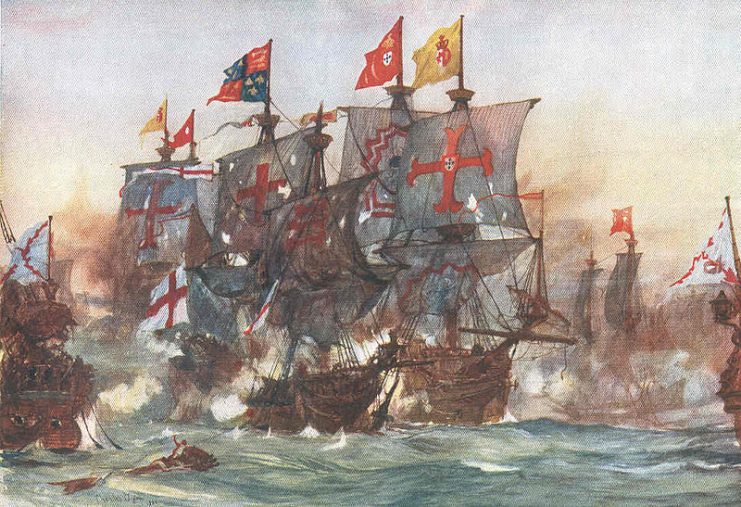
The island spent time as a prison for political prisoners in the 1600s. The defense lay largely neglected until the 1700s. Wars with France and Spain led to improvements to the defenses and updates to the armaments.
Most of the defenses visible on the island today were built in the middle of the 1800s. Casements were constructed with supporting magazines and barracks.
For much of World War II, the island was garrisoned with less than 500 soldiers to support coastal defense and anti-air operations.
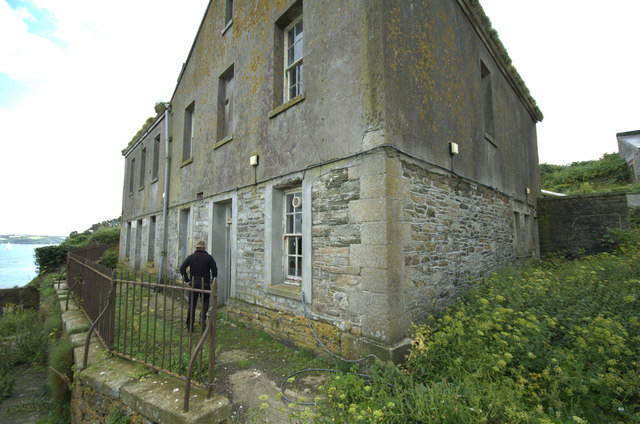
Rotlok Group has owned the island since at least the 1990s. They have been pushing to open a luxury hotel on the island but have been repeatedly held up by the Plymouth committee. A major sticking point in the negotiations has been a flock of egrets that roost on the island.
The Rotolok Group finally received approval this year to go ahead with their plans after applying five times in fifteen years.
The initial work to be done is to move the egret’s that roost on the island to a new location at Mount Edgcumbe nearby. Studies are also underway to determine the environmental impact on other species that live on or near the island including seahorses and bats.
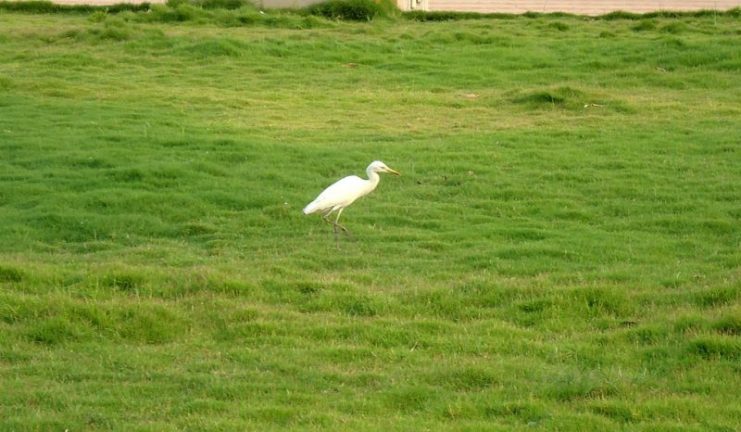
They are also looking into ways to reliably provide power and communications to the island which has been unused for over twenty years.
The first construction work being performed is to prepare the jetty to provide safe access to the island.
The rest of the island will be developed in phases with the Island House and barracks being turned into a 25-room hotel.
A new structure is planned that will house a restaurant and reception area. Another new building is planned for a spa.
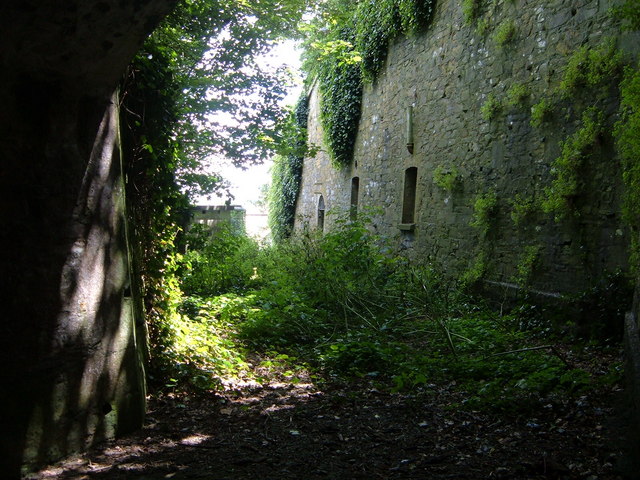
The casements will be turned into eighteen luxury suites with views of the sea.
Part of the agreement requires the island to be open to the public at least fifteen days every year. The developer plans to have rooms that explain the history of the island to visitors.
Bob King was hired by Rotolok to work as the project coordinator for the development. King formerly served as a Royal Engineer in the British Army for 22 years. He worked on major projects in Afghanistan, Angola, Bosnia, and Northern Ireland.
After leaving the army in 2005, King worked for NGO Coral Cay Conservation to coordinate marine and terrestrial projects in Asia and the Caribbean.
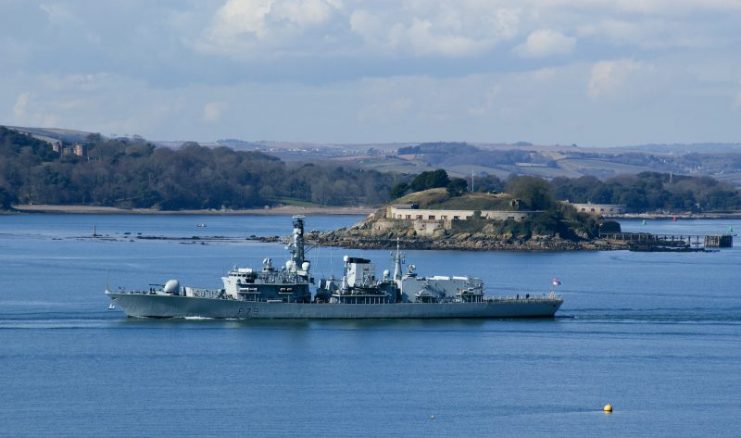
Read another story from us: 11 Reasons Why Spain Launched the Armada
Plymouth councilor Patrick Nicholson has stated that development of the island is a part of the council’s tourism objectives, specifically addressing the need for more hotels in the area. He was pleased that Rotolok addressed the environmental concerns that were brought up and believes that the new development will enhance the area’s tourism opportunities and provide local residents with access to a part of the area’s history.
